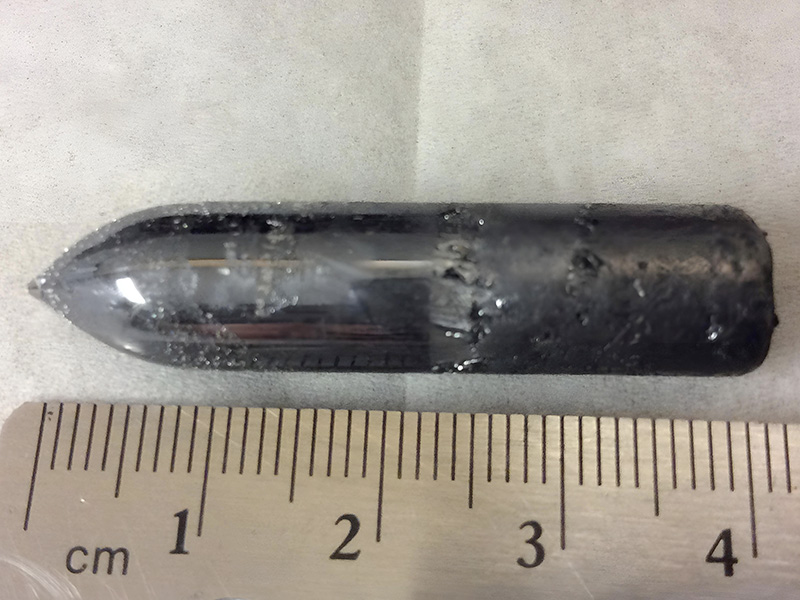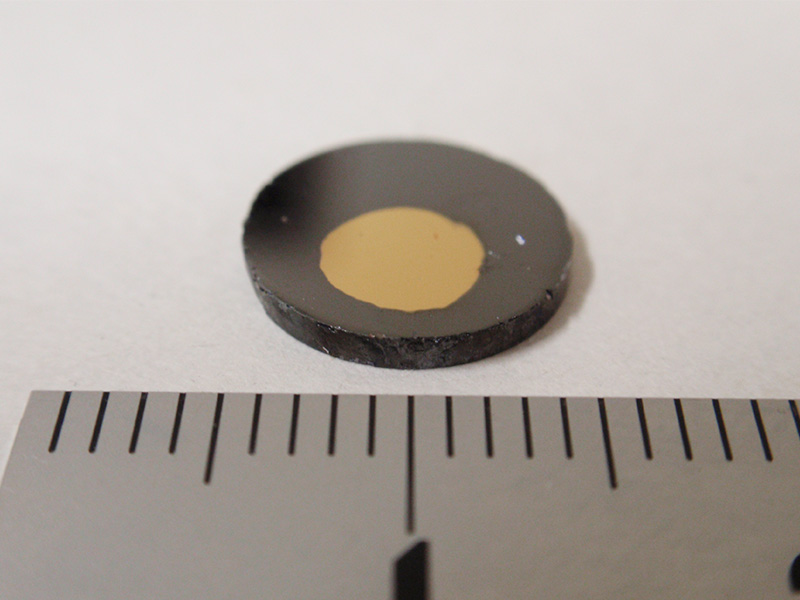Research

Thermoelectric materials
Heat is a clean energy that is easy to obtain, but at the same time, it causes a significant loss of conversion efficiency and output for semiconductor devices such as solar cells. As energy-saving strategies are required in various fields, it can be predicted that the need for thermal management will increase. Thermoelectric power generation, which directly converts heat into electricity, is attracting particular attention from the perspective of waste heat in society.
We are working the development of high-efficiency and environmentally friendly thermoelectric materials in order to popularize thermoelectric power generation in society. Using our unique crystal growth technique, Cu2ZnSnS4 (CZTS) single crystals, a material composed of environmentally harmonized elements, have achieved the highest thermoelectric performance at 500 ºC. Based on materials science and engineering, we are constantly searching for high-efficiency thermoelectric materials from combinations of various elements and developing high-performance devices.
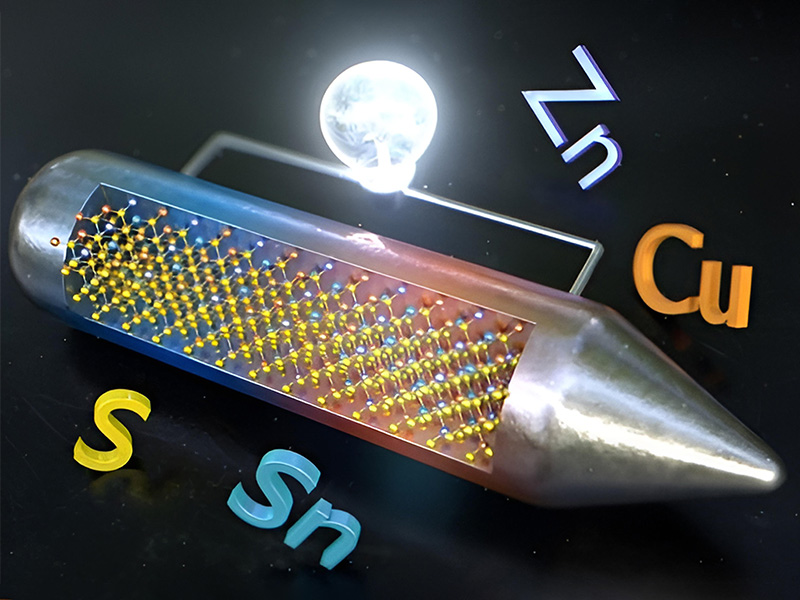
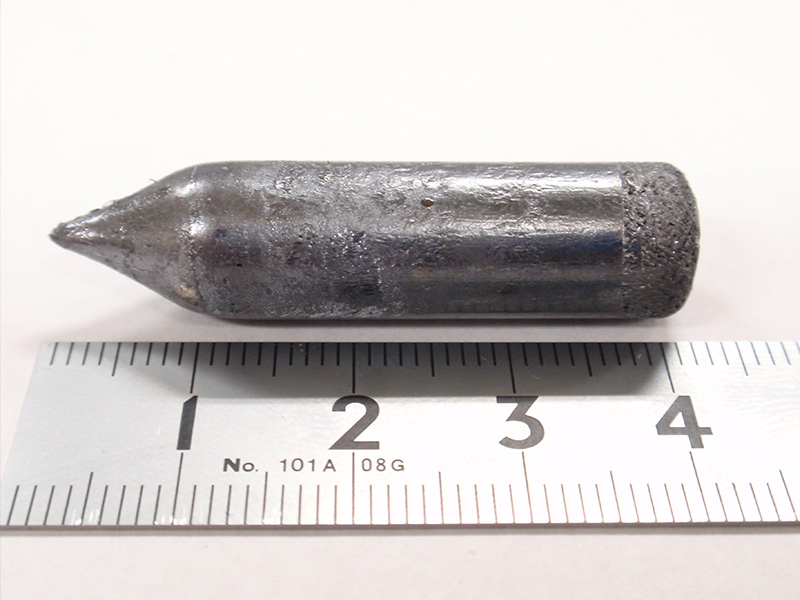
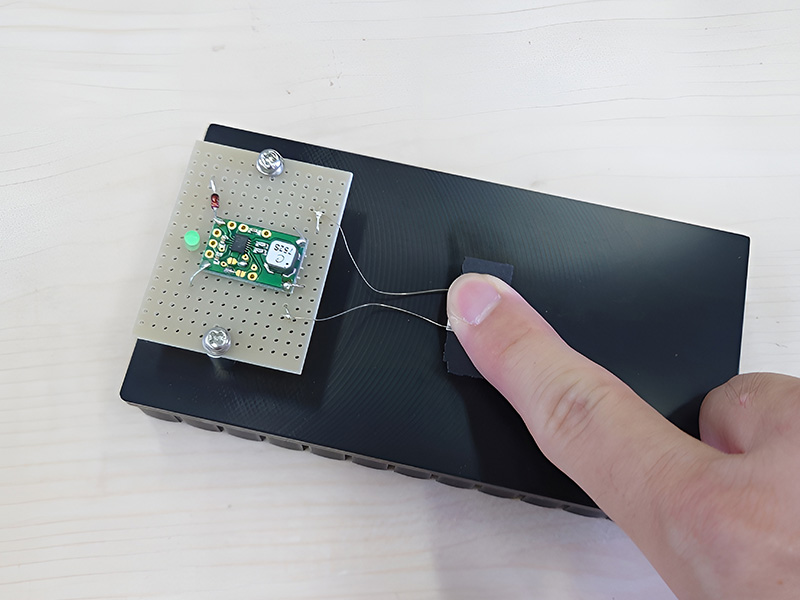
Photovoltaic materials
Photovoltaic is currently playing a very large role in achieving carbon neutrality by 2050. We are working on the development of high-efficiency photovoltaic materials to replace silicon, which is a typical material. We are particularly interested in chalcopyrite Cu(In1-xGax)Se2 (CIGS), kesterite Cu2ZnSn(S1-xSex)4 (CZTSSe) and CdTe materials. Because these materials have 10~100 times higher light-absorbing efficiency than that of silicon, they can achieve low-cost and high-efficiency photovoltaic device, and have been successfully utilized in practical applications. However, there are still unresolved issues related to the semiconductor controlling technology required for further high efficiency in these materials. We are working on these issues from fundamental research using high-efficiency, high-quality materials.
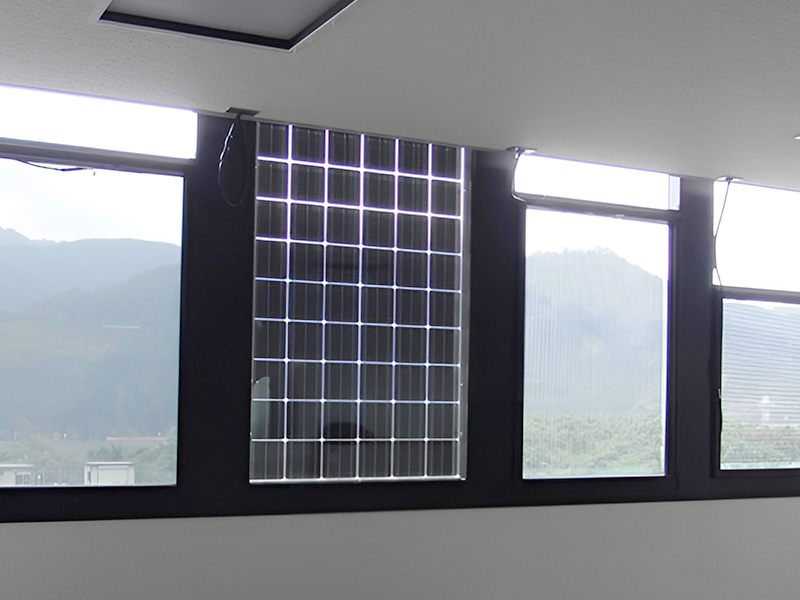
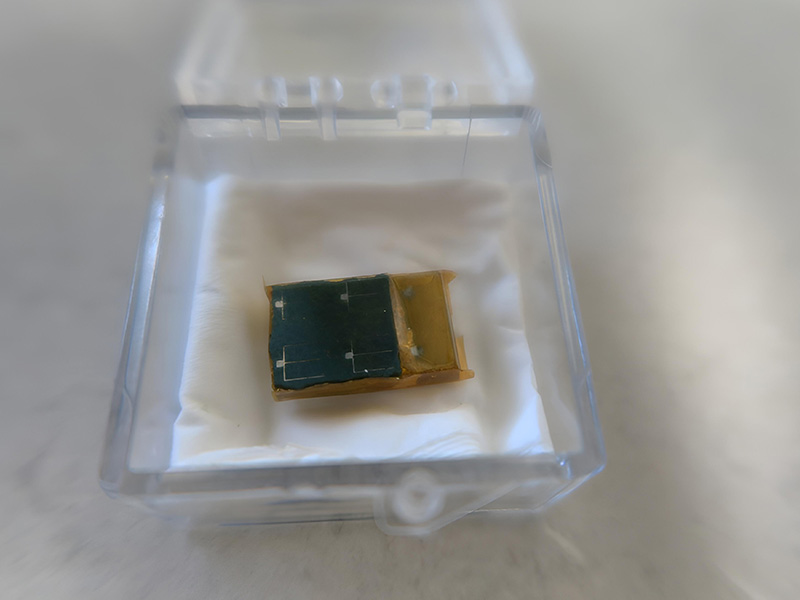

Radiation detection materials
In order to safely and steadily carry out the decommissioning of the Fukushima Daiichi Nuclear Power Plant, sensors that can detect radiation with high-sensitivity in a short time must be developed. Cadmium telluride (CdTe) is a promising radiation detection material that has been studied since the 1950s, mainly in the United States.
We are working on development of radiation detectors using high-quality CdTe single crystals based on unique crystal growth technique. High-sensitivity detection of radiation not only contributes to the decommissioning of nuclear reactors, but can also be useful in the medical field to reduce X-ray radiation doses.
